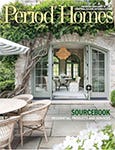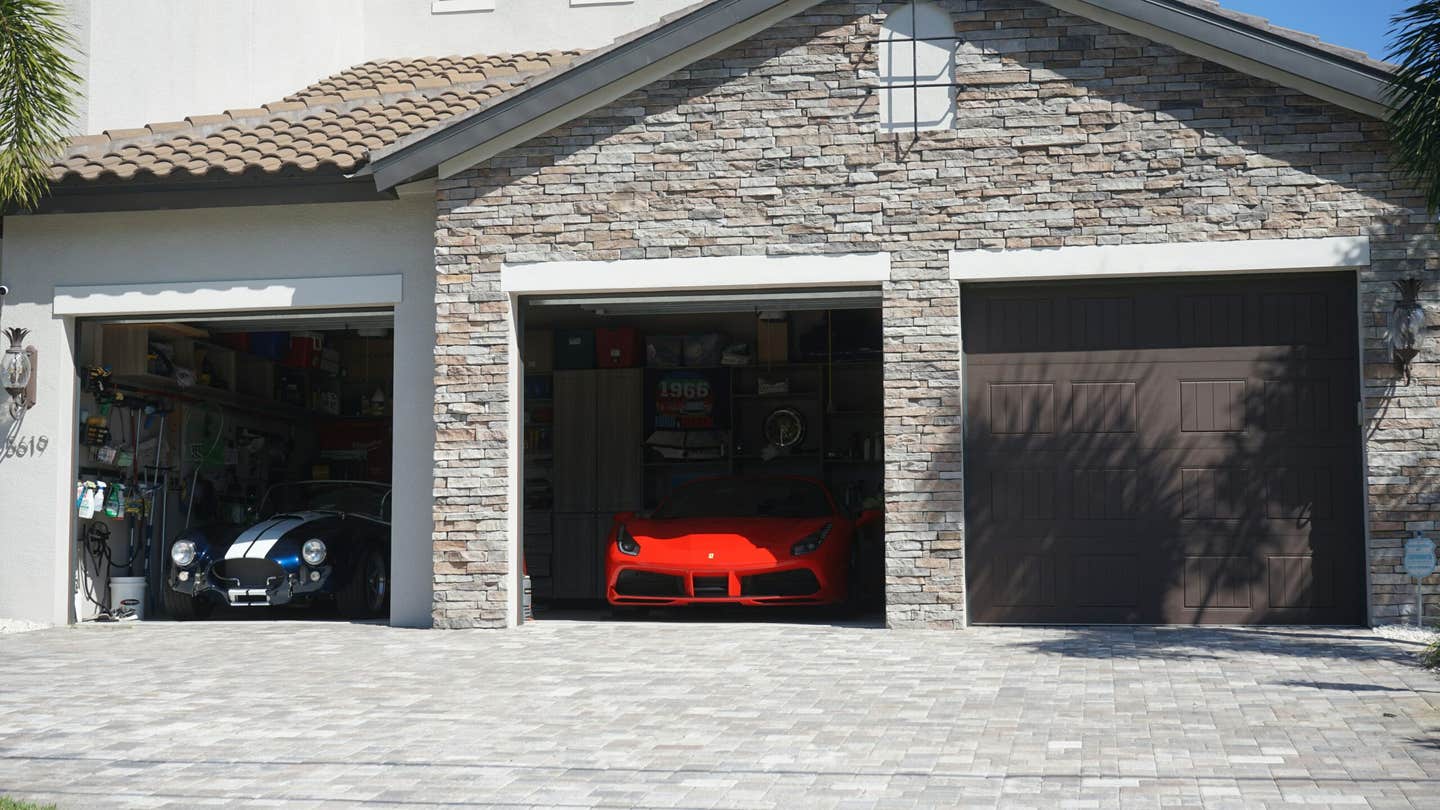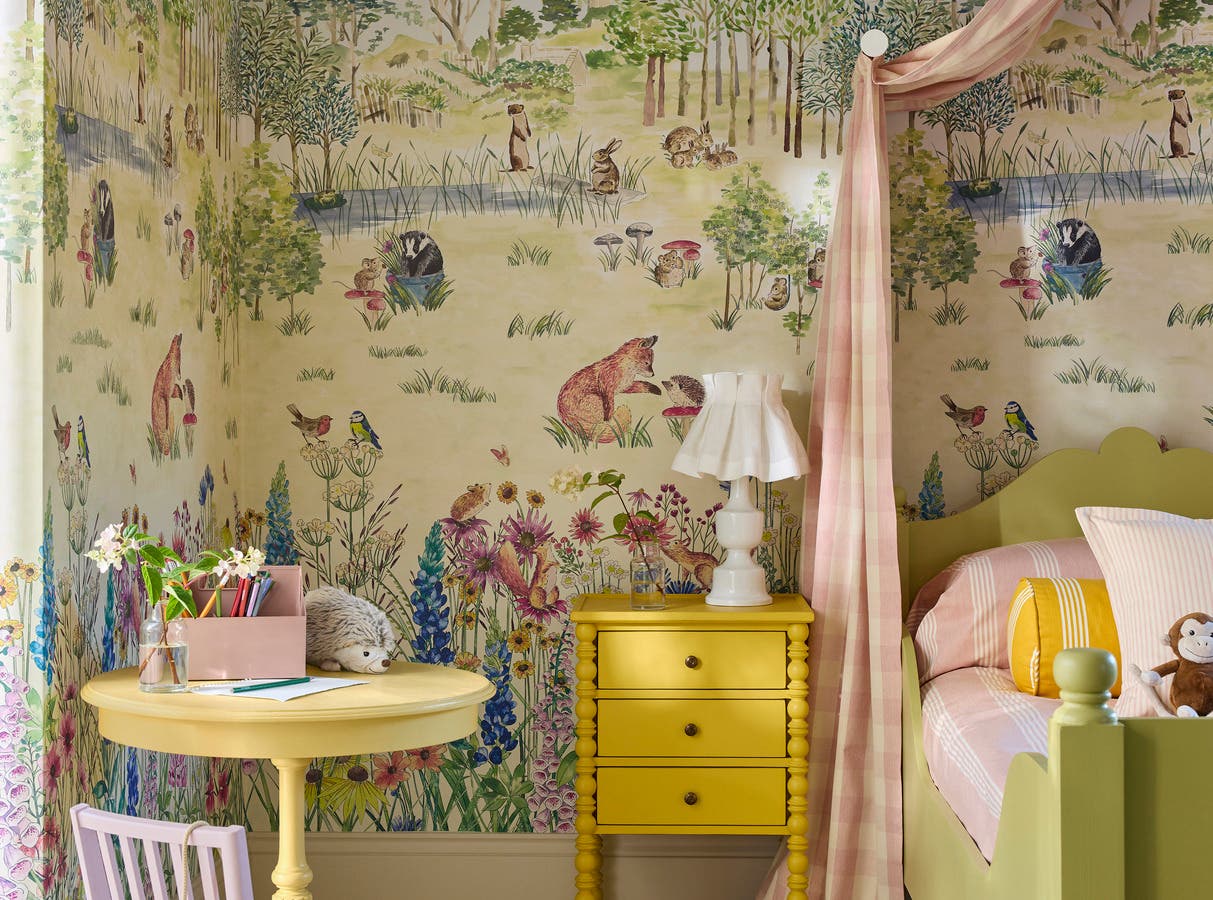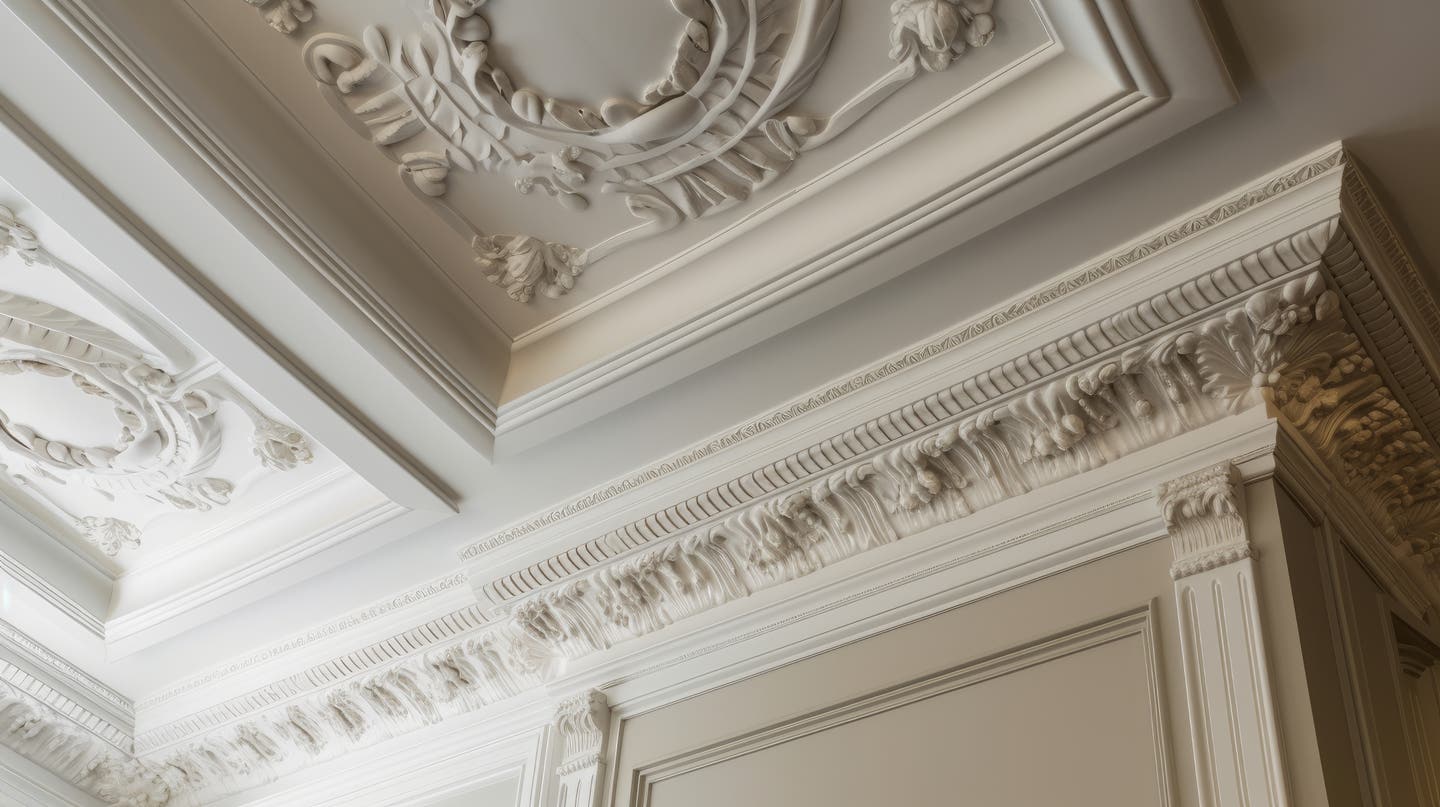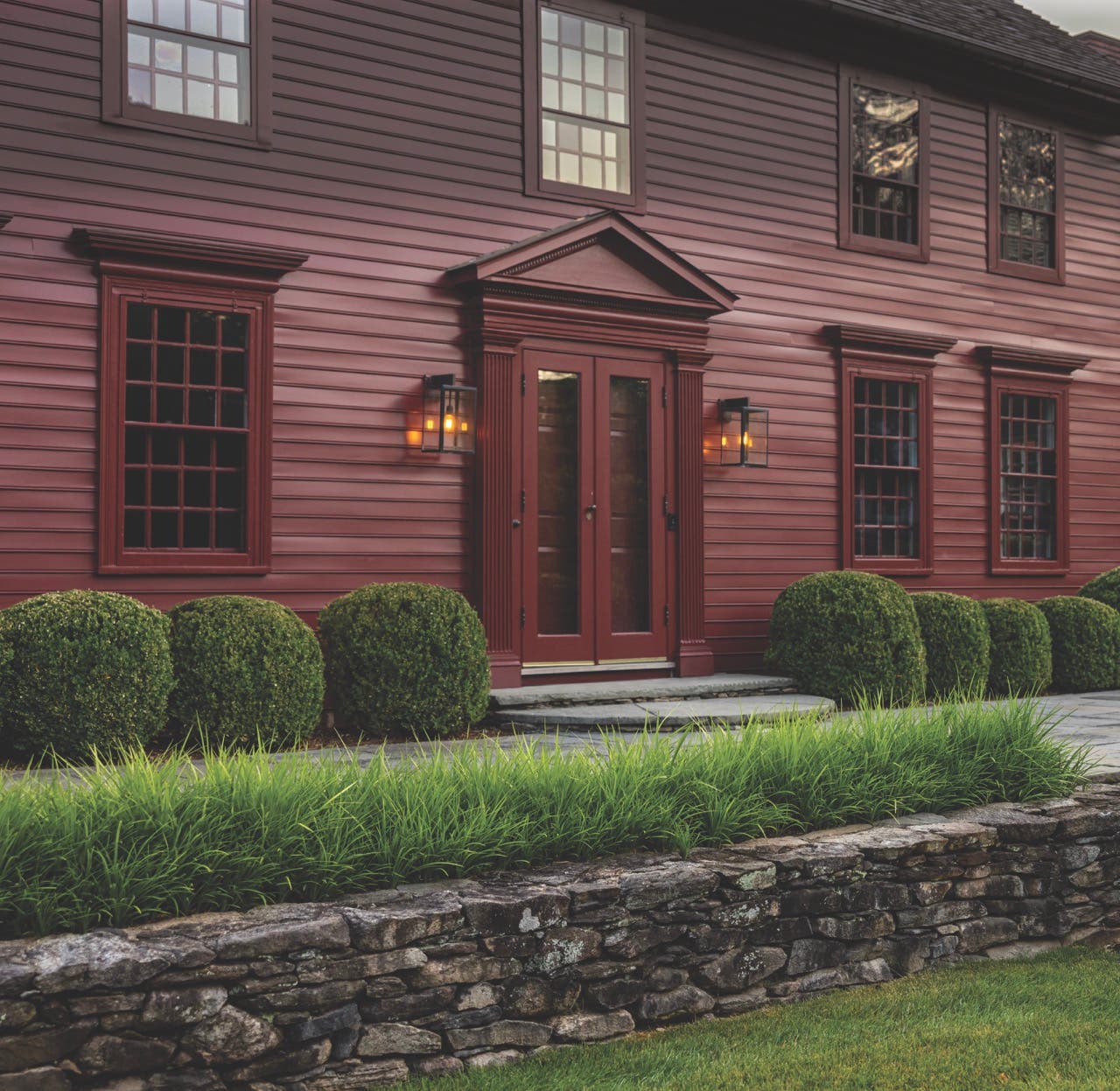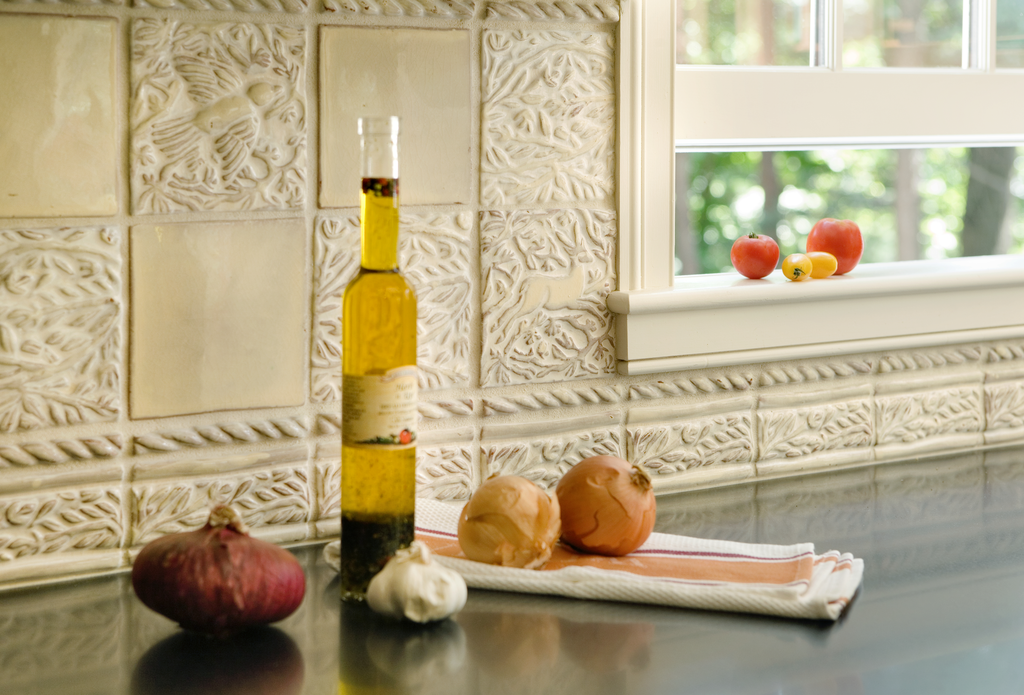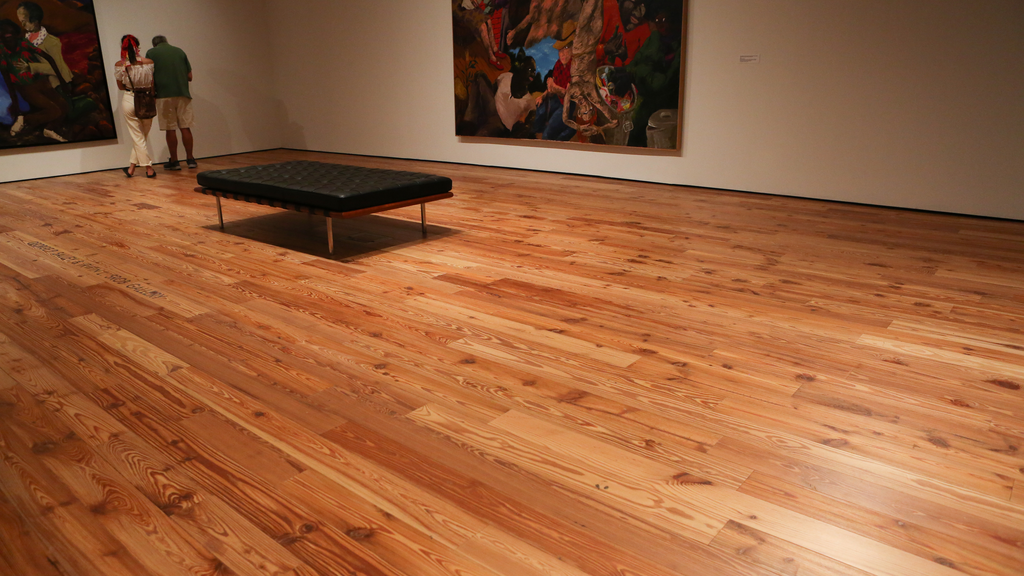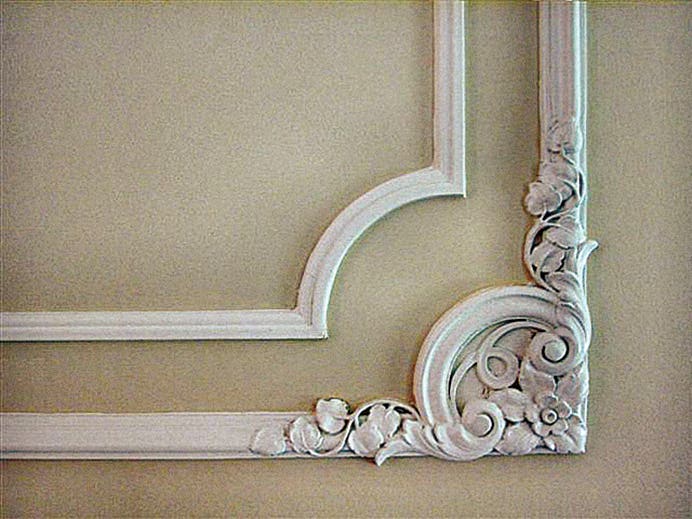
Product Reports
The Art of Interior Plaster Design

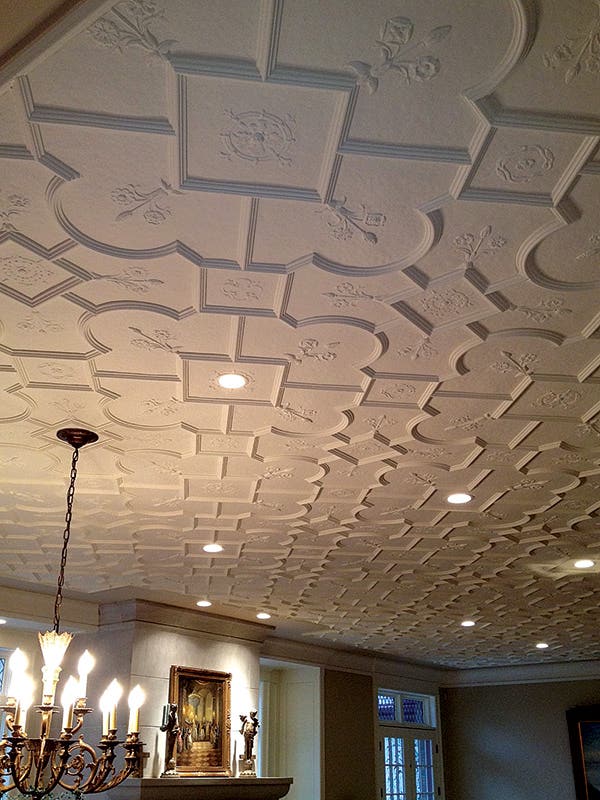
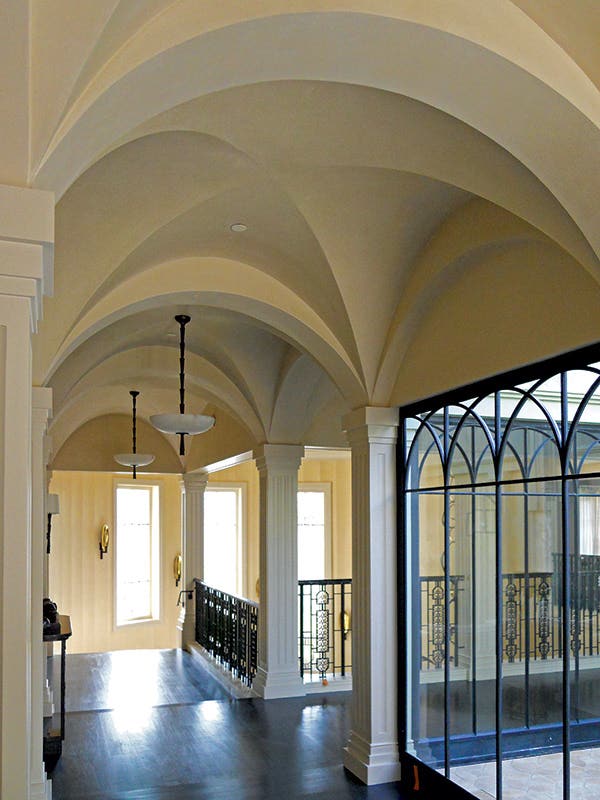
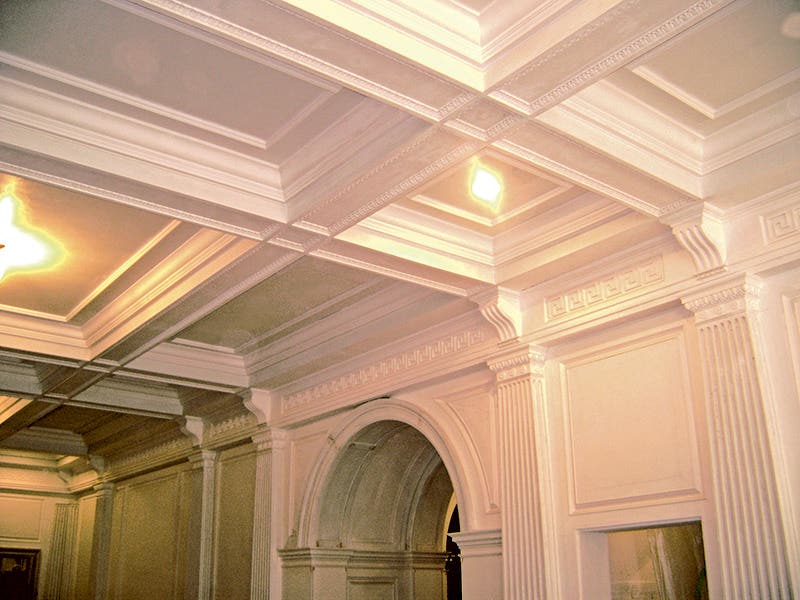
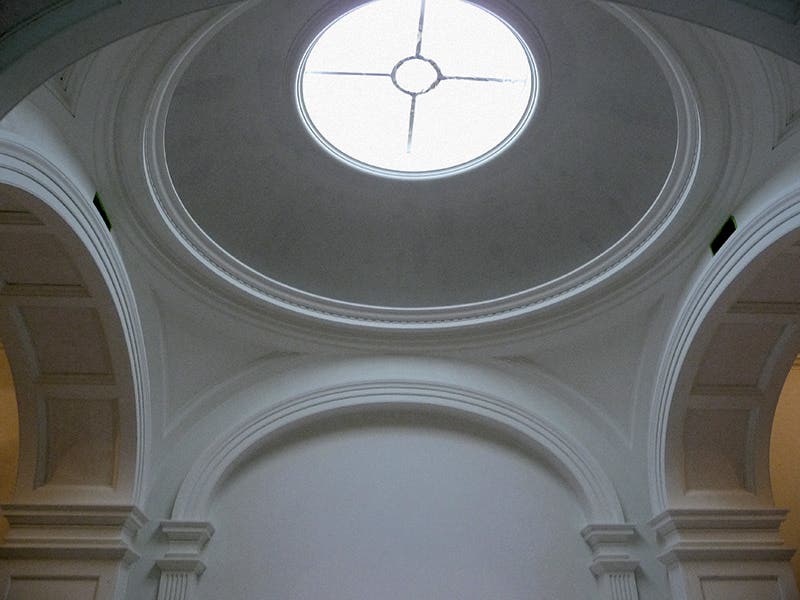
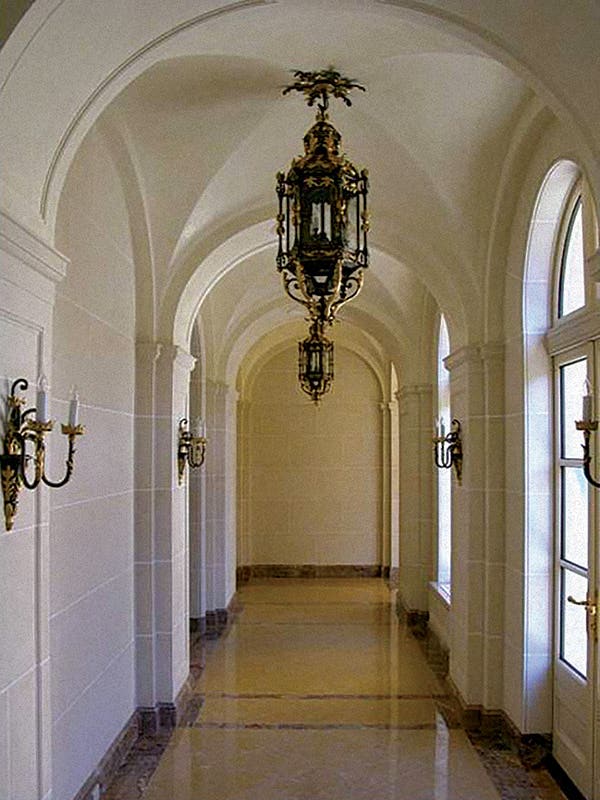
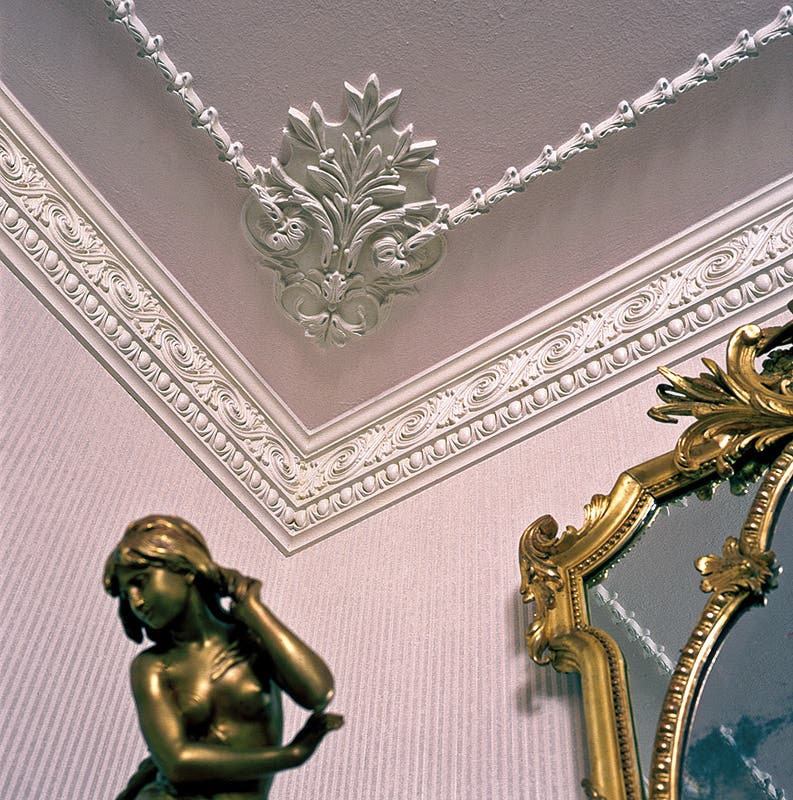
The art of interior plaster design has been so integral to western buildings for so many millennia that a lot of people – even those immersed in traditional architecture – have trouble seeing it without a heavy overlay of history. However the reality is, though still up to jaw-dropping ornamental feats of yore, plaster is not an arcane anachronism but right in step with – and even superior to – the needs of today’s construction market. According to Jack Meingast at Decorators Supply Corporation in Chicago, IL, “One of the big selling points of plaster – but what a lot of people overlook – is that it is really a natural product.” He notes that for reinforcement his company uses natural hemp fiber, not fiberglass, “so our plaster product is totally green, a fact that we strongly promote.” Moreover, when used in commercial work, he says plaster is totally non-toxic and non-flammable, “so it meets or exceeds all building codes – even Coast Guard regulations for cruise ships.”
At Architectural Arts Group in Coatesville, PA, A. Thayer Smith III adds a commercial perspective. “Plaster has always been eco-friendly and fireproof, so it is able to compete with plastic products, which can burn. Plaster is proven, with thousands of years of history. And it is refined, in the sense that it can compete with most other building materials used to give form and shape to architectural details.” No less enthusiastic is Foster Reeve of Foster Reeve & Associates in Brooklyn, NY. “Gypsum plaster is composed of calcium sulfate, which is one of the most abundant minerals in the crust of the earth, so it is omnipresent, super-renewable and super-green. When set, it has a pH of about 11 or 12 that is antimicrobial, and it is used all over the world.”
Plaster Pluses
Aside from its inherent benefits as a material, plaster is what you make it and here it continues to find new forms beyond the traditional applications. “I think the world of plaster is strong, as far as demand for it goes,” says Smith, “but still weak in the sense that not every architect, designer or builder is enlightened as to how we can help them even more. Plaster puts more tools in their toolbox, so to speak, to create things that are oftentimes not what they appear.” According to Reeve, “There are only a few fundamental materials in your house: stone (for floors, bathrooms, countertops); natural wood (floors, libraries, cabinetry, staircases); and whatever provides the surfaces that receive paint. For these painted surfaces, many of them should be plaster, and almost all of them could be plaster.”
“One of the big selling points of plaster – but what a lot of people overlook – is that it is really a natural product.”
As ever, economics make a powerful argument, and here plaster can offer some surprising advantages, especially when using the latest techniques. Says Smith, “Suppose you want to do a little barrel ceiling in a hallway 6-ft. wide and 20-ft. long? With drywall, you would have to build all the framing to carry it, but using GFRG (glass fiber reinforced gypsum), you can install cast sections that are 5-ft. long, repeated down the hall, that don’t need the framing.” He notes that there are some costs in developing the castings, but there are savings in framing, “and you can get some neat looks.”
Explains Smith, “Architects tend to think of plaster in terms of moldings or drywall, but when we cast the material, you wouldn’t believe where it can end up, such as on the backside of a staircase.” Because plaster is a very malleable material, he says it can be made to look like wood or even like metal; it can be shaped, adorned, or made in all facets. “It allows the architect to ‘think outside of the box.’”
As ever, economics make a powerful argument, and here plaster can offer some surprising advantages, especially when using the latest techniques. Says Smith, “Suppose you want to do a little barrel ceiling in a hallway 6-ft. wide and 20-ft. long? With drywall, you would have to build all the framing to carry it, but using GFRG (glass fiber reinforced gypsum), you can install cast sections that are 5-ft. long, repeated down the hall, that don’t need the framing.” He notes that there are some costs in developing the castings, but there are savings in framing, “and you can get some neat looks.”
Reeve agrees. “Shaped ceilings – groin vaults for example – can be precast today very economically in GFRG. For someone to do 10 groin vaults running down a corridor in three-coat plaster – even in drywall – might be three times the cost, and it would take forever to install.” Shaped ceilings such as this, he says, are all driven by mold costs, but what makes them economical is when the vaults are all the same size.
What’s more, savings can be measured not just in upfront costs but over time. Reeve describes a project at a Texas mansion where the client was considering wood for interior details. “I turned to the owner’s rep and said, ‘I don’t know how you feel about maintenance, but it is 96 degrees outside today and 100 percent humidity. When the weather changes, plaster can withstand the fluctuations; with wood, you are going to be in there with a caulk gun and touch-up paint when it moves.’ I wound up with the contract for all the public spaces and a significant portion of the bedroom suites.”
Plus, plaster is adaptable. According to Smith, “Oftentimes, the scale that you require isn’t in a catalog, but it is found in the minds of decorative artisans who do plasterwork – who can build things bigger, or to a scale, that matches the space.” The industry’s need for that skill will never go away, he says, and a 3-D printer can’t supply it in the same fashion. “There’s something about being done by hand that trumps the machine.” Traditionally, however, plaster catalogs did offer scaling. Explains Reeve, “For ornate work, you want to pick your ornaments and customize your moldings, and for plain-profile moldings, you want unlimited flexibility in scale.” For example, he adds, “Our made-to-measure collection is scalable, meaning that it can grow or shrink at no charge.”
Suppose what you require is from a catalog, but no longer in production. Then Meingast offers a different solution. “We have had a lot of rehabbing going on here in Chicago, with people bringing in pieces that we made back in the 1920s and in the ‘teens. They may not be in our catalog anymore, but we are actually reproducing pieces that we made back then by researching them in, say, our 1917 book, then using good samples that they bring in as models for fabricating new pieces.” He says they have an in-house sculptor who can clean up the details on a historic piece of ornament to make it look new. However, some people don’t want it cleaned up too much, “because it’s got to match what is up there with 100 years of paint on it.”
Reeve says he spends a lot of time allaying some of the same kinds of apprehensions in the industry. “Contractors are sometimes fearful of plaster because they are unfamiliar with it, both as a material and as a service. They don’t know enough plaster contractors to get 10 bids for a job or to call in favors.” He adds that architects can be leery of plaster when they have more experience with wood. “They hate risk, and may not want to specify a material that is outside their comfort zone. Also, maybe the contractor or his brother owns a millwork shop so they have vested interests in wood.”
Fear of Castings
With so much going for it, why isn’t plaster on more architectural radars? Misconceptions may be partly to blame. “One of the fallacies that surrounds plaster is that people think it is heavy,” says Meingast. “Plaster is only heavy when it’s wet; 60 percent of that weight is the moisture content, so once it is bone dry, plaster is extremely light.” Meingast adds that at his company, a common conversation is putting people at ease about the installation of plaster ornament – people from trade accounts to homeowners. A constant question is Will it break? “No, it won’t break, because it is reinforced with fiber that gives it strength,” he says. “You can drill it and you can saw it.” Chips from sawing are another unfounded fear. “If you use a fine-tooth blade, you’re fine.”
According to Smith, where the decorative plasterer traditionally shined is in doing lovely cornice and ceiling work, even panels, and that clearly continues, albeit in different ways. “Today it seems like the more expensive the house, the more it goes back historically in design,” he says. “There are certain architects that are very Classical. Others are building replicas or are maybe a little further out there. It all depends upon budget.”
Patterns and Trends
Even with all the recent swings in the housing market and construction industry, plaster has maintained both its ability to suit immediate needs and its time-honored appeal. “We still get the continual orders for the single ceiling rosettes to go above light fixtures,” says Meingast, “and the occasional ornamented crown to go around the perimeter of the room, but the general trend now is away from the highly ornamented to a little bit cleaner lines – not a lot of ‘icing going on the cake’ so to speak.” For instance, he says they have noticed an increase in the popularity of just simple frameworks applied to ceilings. “We call them tracery-transitional patterns, and to serve this niche, we have actually developed two completely new designs based on our 1926 catalog, and we are working on a third.”
As Meingast sums it up, “They are still building the very nice homes, but they are going with plainer material. Is it because of the economy or is it taste?” He adds, “You try to adapt to new trends yet, being in a traditional industry (and, in our case, a 131-year-old company) you still hold on to what has made you last. It is a very interesting business to be in right now.”
Gordon Bock lists his 2014 seminars, keynote lectures and workshops at www.gordonbock.com, including the upcoming seminar on The Vintage House at ArchitectureBoston Expo in October (www.abexpo.com).
Gordon Bock, co-author of The Vintage House (www.vintagehousebook.com), is an in-demand speaker for courses, seminars, and keynote addresses through www.gordonbock.com.

